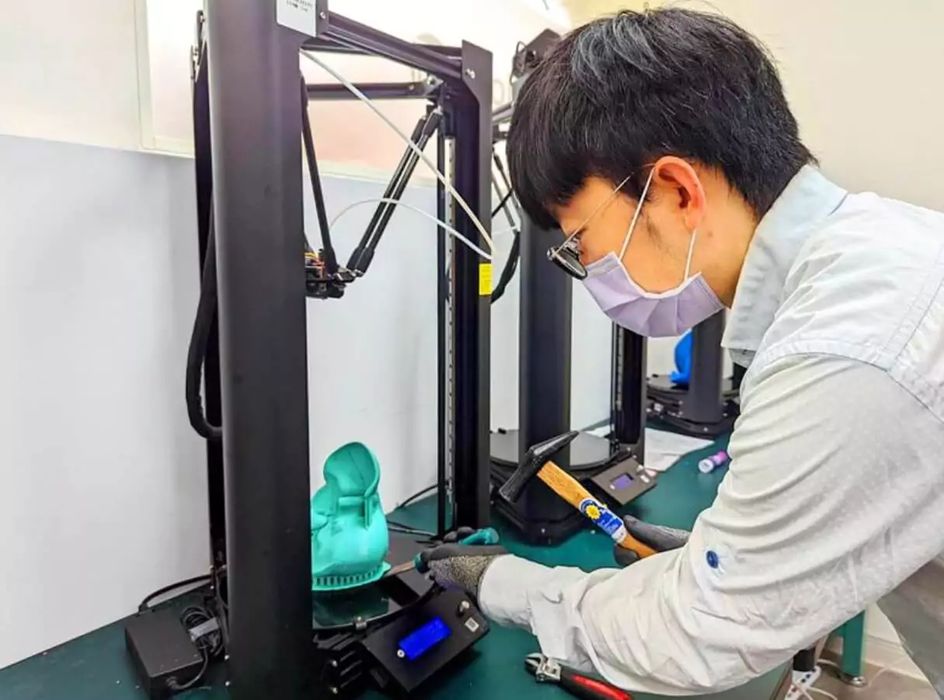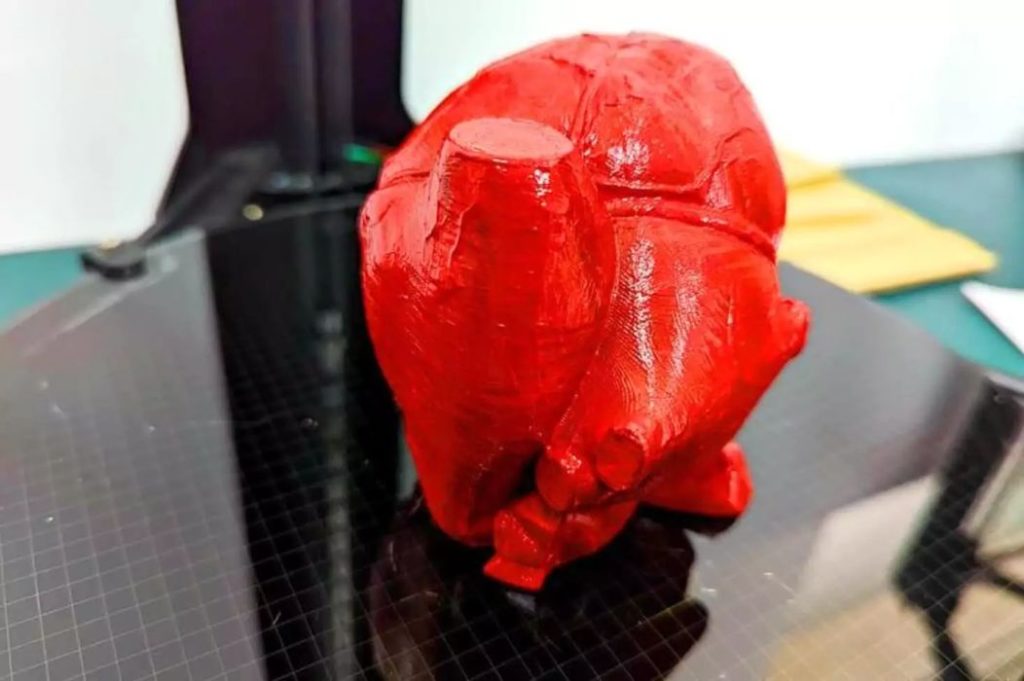
Medical authorities in Taiwan have begun 3D printing “replacement” organs for deceased individuals.
This could be the strangest application of 3D printing I’ve yet encountered in 15 years following the technology. Why would you want to 3D print fake organs for the dead? It turns out there is a very valid and quite important reason to do so.
In Taiwanese culture there is a fear that removal of organs from the deceased will compromise the shape of the body, which is highly undesirable for the grieving friends and family. As a result of this fear the number of organs donated for transplant is extremely low.
According to a report on Taipei Times, only 170 transplants were undertaken in January and February 2022, while over 10,000 patients awaited donors. That is not a good ratio, and something must be done to free up organs that aren’t available for transplant. Without donors, many of these patients continue to suffer and possibly perish.
The idea here is to 3D print plastic replicas of the organs to be donated, which can then be inserted into the body to replace the donated organ. This maintains the shape of the body, and as an added benefit the printed organ can be adorned with messages and blessings.

Doctors found that this approach did, in some cases, reassure the family and allowed organ donation to proceed.
A workshop explaining how the procedure works was put on in New Taipei City by medical specialists from Taipei Medical University and Shuang Ho Hospital. This workshop could deploy the prodedure to more medical practitioners in that area.
This is certainly an unusual application for 3D printing, but after the explanation it makes a great deal of sense. It is possible that the donation rate could increase as more people become aware of the process in Taiwan.
While this application originated in Taiwan, it is possible there are other cultures with similar characteristics that could also use this procedure. I hope that readers in those regions could pass the information along to the relevant authorities.
Another thought came to mind as I processed this application.
This is a perfect demonstration of how a 3D printer manufacturer simply cannot know how their equipment could be used. There are plenty of large-scale equipment manufacturers with brainy marketeers at HQ dreaming up marketing campaigns for their gear. But how could they ever have known about this particular application?
This situation shows how 3D printer manufacturers attempting to market remotely can miss potential areas of application in different regions.
That’s why the more successful companies insist on hiring local staff in each region to help market and sell their equipment: they know what can and cannot be done in that region.
Via Taipei Times (Hat tip to Benjamin)
